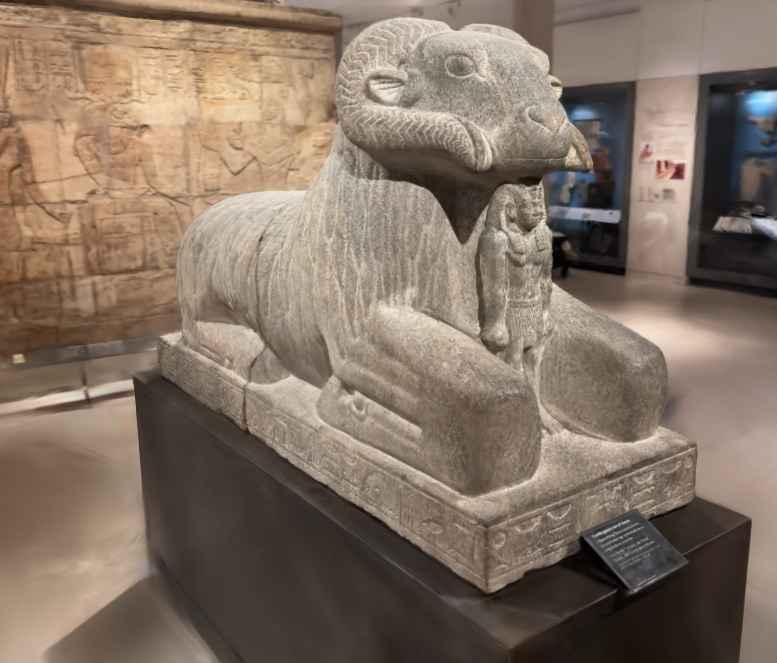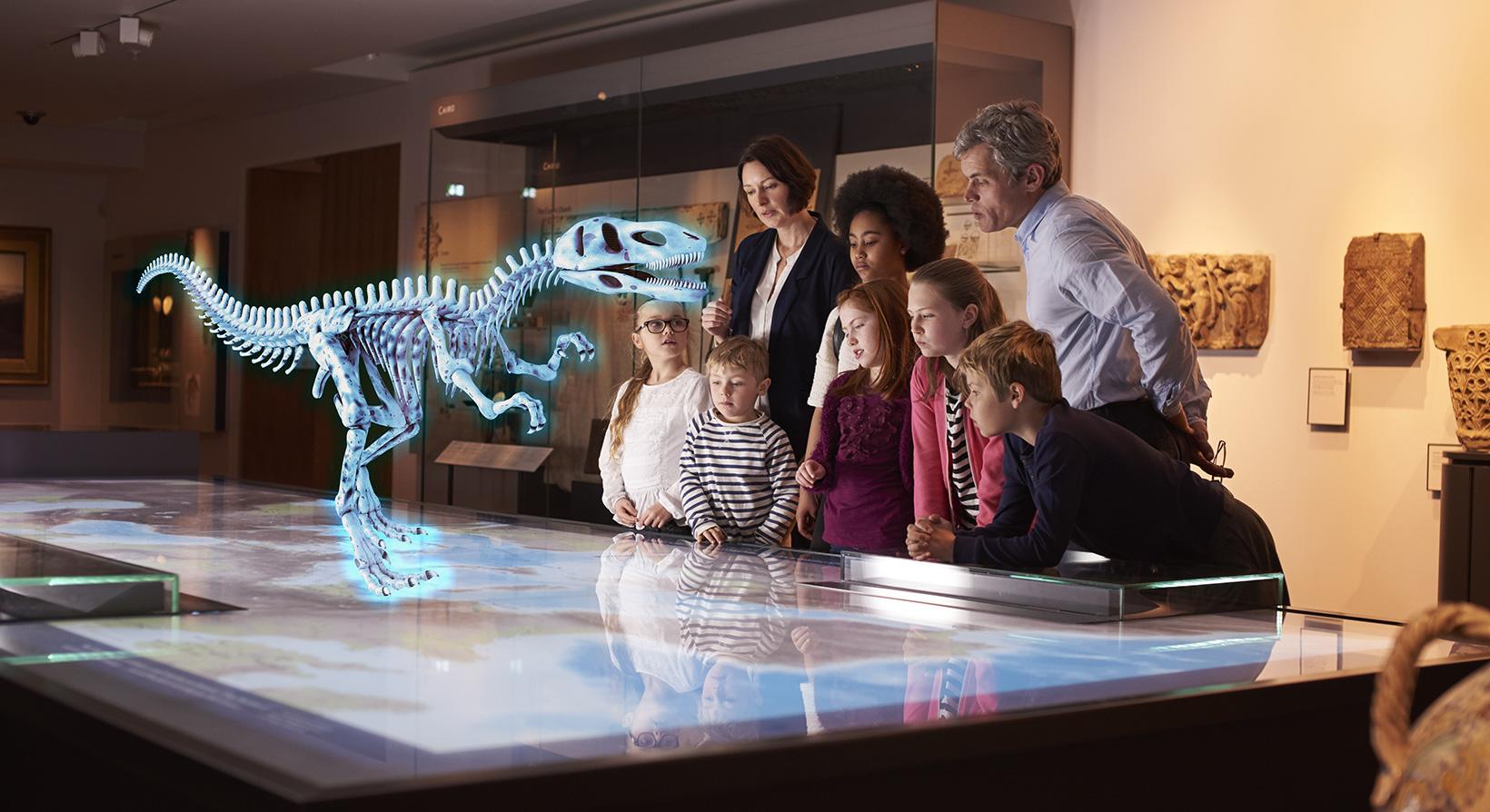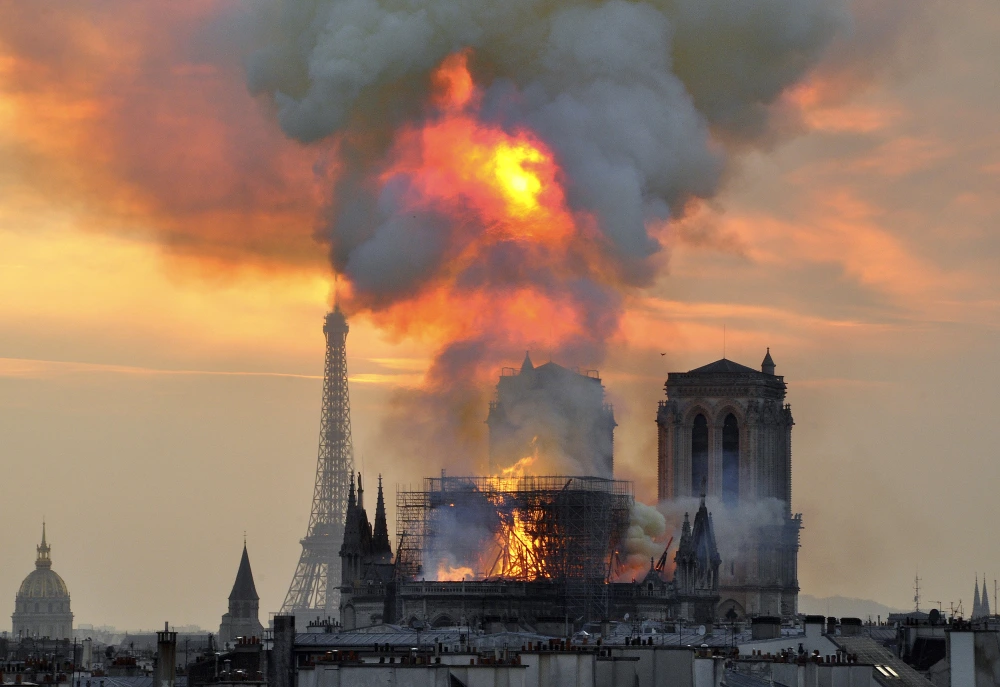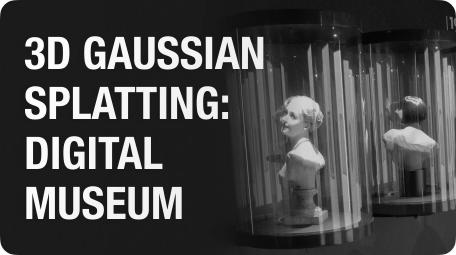This is a Buddha statue model generated by a KIRI Engine user using the 3DGS Scan method
The Role of 3D Technology in Cultural Heritage Preservation
Cultural heritage, encompassing historical artifacts, sculptures, and ancient monuments, serves as a vital link between past civilizations and modern society. These relics offer invaluable insights into traditions, beliefs, and artistic achievements. However, heritage sites and artifacts face threats from natural disasters, environmental degradation, aging, and human activities. Preserving cultural heritage is crucial for maintaining historical continuity and fostering cultural appreciation for future generations.
Traditional preservation methods, such as physical restoration and controlled exhibitions, have limitations, including high costs and restricted public access. Digital technology has revolutionized cultural heritage conservation through advanced techniques such as 3D scanning, virtual museums, and augmented reality (AR). 3D scanning allows for high-fidelity documentation of cultural artifacts without physical contact, while virtual museums provide interactive 3D models accessible globally. Augmented and virtual reality further enhance these experiences by offering immersive explorations of historical artifacts in lifelike environments.
Introducing 3D Gaussian Splatting (3DGS) for Cultural Heritage
One of the latest advancements in 3D rendering and digitization is 3D Gaussian Splatting (3DGS), which improves the quality and efficiency of 3D representations. Unlike traditional polygon-based 3D modeling, which relies on complex meshes and textures, 3DGS employs point-based rendering to create highly realistic and interactive 3D models with smoother lighting and depth perception.
For cultural heritage preservation, 3DGS offers several advantages:
Higher Realism: It captures intricate carvings and weathered textures more accurately than traditional methods.
Optimized Rendering: It significantly reduces computational load, enabling faster visualization on web platforms and mobile devices.
Enhanced Virtual Museum Experiences: It supports smooth, real-time exploration of digital exhibits, making cultural heritage more accessible and engaging for global audiences.
By integrating 3D scanning with 3DGS, cultural institutions can create high-quality digital archives while ensuring efficient rendering for virtual exhibitions. This technology bridges the gap between historical artifacts and the digital world, ensuring cultural heritage remains preserved and appreciated.
3D Scanning and Cultural Heritage: The Future of Digital Conservation
Traditional methods of safeguarding historical artifacts face challenges such as physical damage due to environmental conditions and human activities, as well as restricted access. Digital solutions, particularly 3D scanning, offer high-fidelity documentation and broader accessibility.
3D scanning captures detailed geometric and textural data, enabling the creation of highly accurate digital replicas of artifacts. The process involves scanning an object from multiple angles to generate a point cloud, which is then processed into a 3D model. High-resolution textures are mapped onto the model to ensure a faithful digital representation.
These digital models allow researchers to analyze artifacts remotely, museums to create interactive exhibitions, and damaged relics to be restored using precise 3D data. Moreover, scanned models facilitate virtual museums, allowing global audiences to explore cultural heritage from anywhere in the world.
Optimizing 3D Scanned Data with 3D Gaussian Splatting (3DGS)

The artifact scanned using 3DGS-Granite gneiss ram of Amun
While 3D scanning provides high-detail digital replicas, traditional 3D models can be computationally heavy. 3DGS overcomes this challenge through point-based rendering, enhancing realism while optimizing rendering efficiency.
Advantages of 3DGS for cultural heritage applications:
High Precision: It preserves fine details, including carvings, material properties, and lighting effects, enhancing the realism of digitized artifacts.
Real-Time Rendering: It enables smooth, interactive experiences for WebAR/VR applications, making cultural heritage more immersive and accessible.
Lightweight Data Format: It reduces file size, ensuring faster loading and smoother online browsing of 3D models.
3D Gaussian Splatting: A Breakthrough for Buddha Statue Digitization
3DGS is particularly beneficial for digitizing intricate artifacts such as Buddha statues. It accurately captures fine carvings, material textures, and lighting effects, ensuring an authentic digital representation.
Key Benefits:
Detail Preservation: 3DGS reproduces intricate engravings, surface textures, and material properties with high accuracy.
Interactive WebAR/VR Compatibility: Users can explore Buddha statues in real-time using WebAR/VR technologies.
Efficient Data Management: The lightweight format ensures smooth access to digital collections across various devices.
By leveraging 3DGS, museums and cultural institutions can create interactive, high-quality digital exhibits that preserve and showcase these artifacts for global audiences.
Virtual Museums: Expanding Access to Buddha Statue Collections

Virtual museums provide an interactive platform for exploring cultural artifacts without requiring physical visits. Through immersive technologies such as 3D scanning, VR, and AR, virtual museums enhance accessibility and engagement.
How 3DGS Enhances Virtual Museum Experiences:
Smooth Interaction: Unlike traditional 3D models, 3DGS ensures fluid, real-time interaction without lag.
Fast Loading: Lightweight data formats facilitate quick access to digital collections, even on mobile devices.
Photorealistic Detail: 3DGS preserves intricate textures and lighting effects, offering an immersive and authentic visual experience.
Case Study: Showcasing Buddha Statues in Virtual Museums Using 3DGS, virtual museums have successfully digitized Buddha statue collections, enabling users to explore them in detail. These digital exhibits provide educational value, global accessibility, and interactive learning experiences.
Applications and Future Potential of 3DGS in Cultural Heritage
3DGS is poised to revolutionize various aspects of cultural heritage preservation, including:
Education: Virtual museums allow students to explore 3D models of cultural artifacts remotely.
Research: High-fidelity 3D scans enable archaeologists and historians to study artifacts without traveling to physical locations.

Flames and smoke rise from Notre Dame in Paris on April 15, 2019
Restoration: The 2019 fire at Notre-Dame Cathedral underscored the importance of digital preservation. Fortunately, detailed 3D scans taken before the disaster provided invaluable structural data, guiding the reconstruction process. This highlights how high-fidelity 3D scanning can safeguard cultural heritage, ensuring accurate restoration in the face of unforeseen damage.
Commercialization: Museums can generate revenue through digital sales, such as NFTs, 3D-printed replicas, and virtual experiences.
Conclusion: The Expanding Potential of 3DGS in Cultural Heritage Preservation
3D Gaussian Splatting is transforming cultural heritage preservation by enabling immersive, high-quality digital experiences. Its ability to deliver photorealistic, interactive 3D models while maintaining computational efficiency makes it a valuable tool for virtual museums, research, restoration, and education.
As technology advances, 3DGS will further enhance digital preservation efforts, ensuring cultural artifacts remain accessible and appreciated for generations to come. By adopting this innovative approach, cultural institutions can bridge the gap between historical artifacts and modern digital experiences, fostering a deeper appreciation of global heritage.






